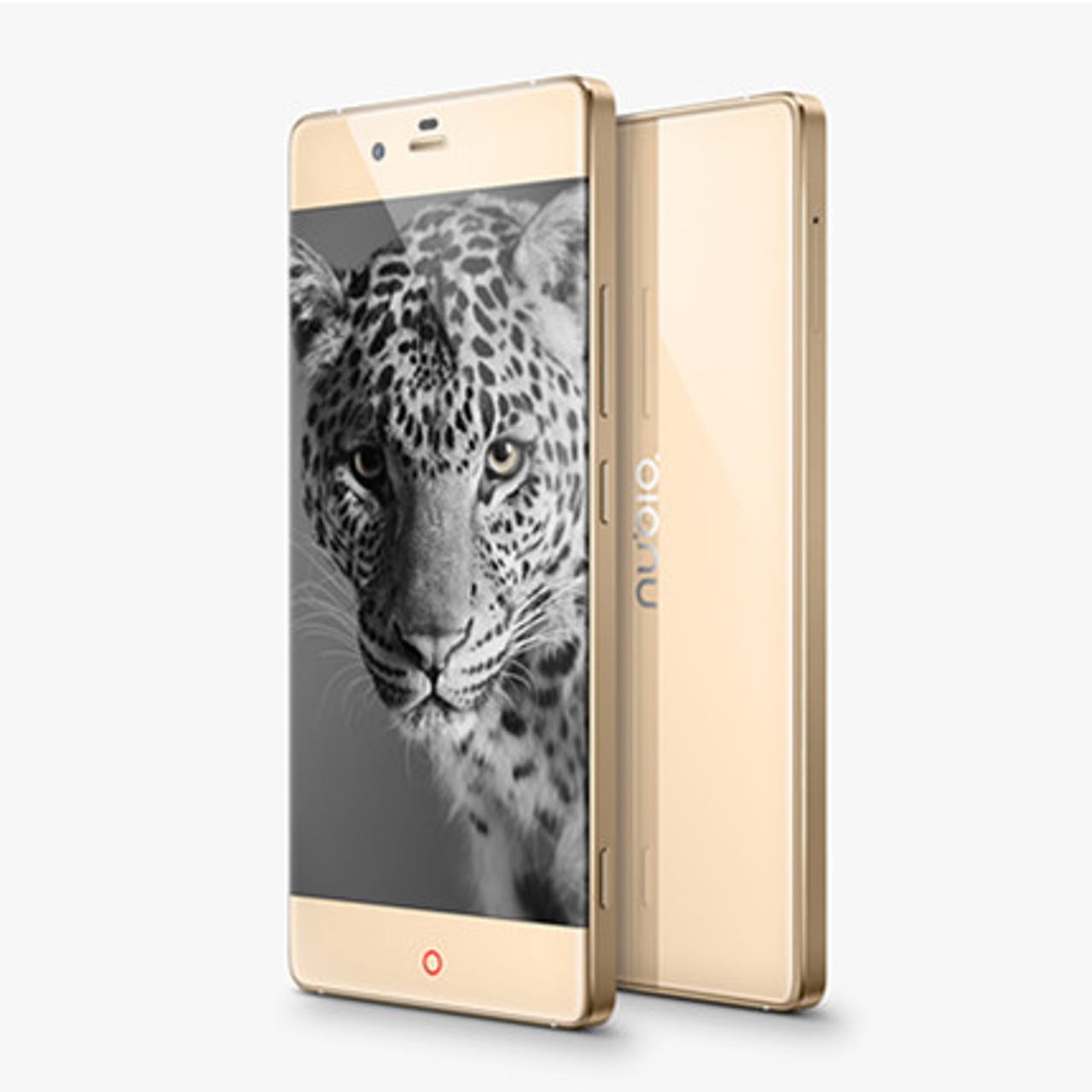ZTE unveils 'bezel-less' Nubia Z9

Available in either gold or black, ZTE's newly launched Nubia Z9 features a 1080p, 5.2-inch 2.5D panel, surprising people with its "borderless" design; a frame of less than 1mm holds the handset together, according to a Sina news report.

Launched on Wednesday in Beijing, the handset is equipped with a Snapdragon 810 processor, a 2,900mAh battery, a 16MP rear shooter with an aperture of F/2.0 and optical image stabilisation, an 8MP front camera with an 80-degree wide angle, and a Hi-Fi audio processor.
Two main models will be offered: One with 3GB of RAM and 32GB of storage, and the other with 4GB of RAM and 64GB of storage. An exclusive third version will also come with a fingerprint reader. Official price tags on the aforementioned models are 3,499 yuan ($564), 3,999 yuan ($645), and 4,499 yuan ($725), respectively, said the report.
Besides a package of the latest hardware, the new device is also equipped with a series of innovations -- particularly Nubia's Frame Interactive Technology (FIT) invention -- to take advantage of the bezel-less design.
For instance, users will be able to launch the camera immediately by simply turning the phone in the horizontal position and placing four fingertips on the four corners of the screen.
Squeezing the handset twice will initiate a screenshot.
Sliding fingers along the screen edge will control the brightness.
Ni Fei, general manager of ZTE's Nubia division, claimed to "make the best phones in Shenzhen" during the launching ceremony of the Z9, according to a Chinese report. As other major Chinese smartphone manufacturers Huawei and Oppo are both Shenzhen-based firms, Nubia's statement should be interpreted as a challenge to their dominance in the Chinese high-end smartphone market.